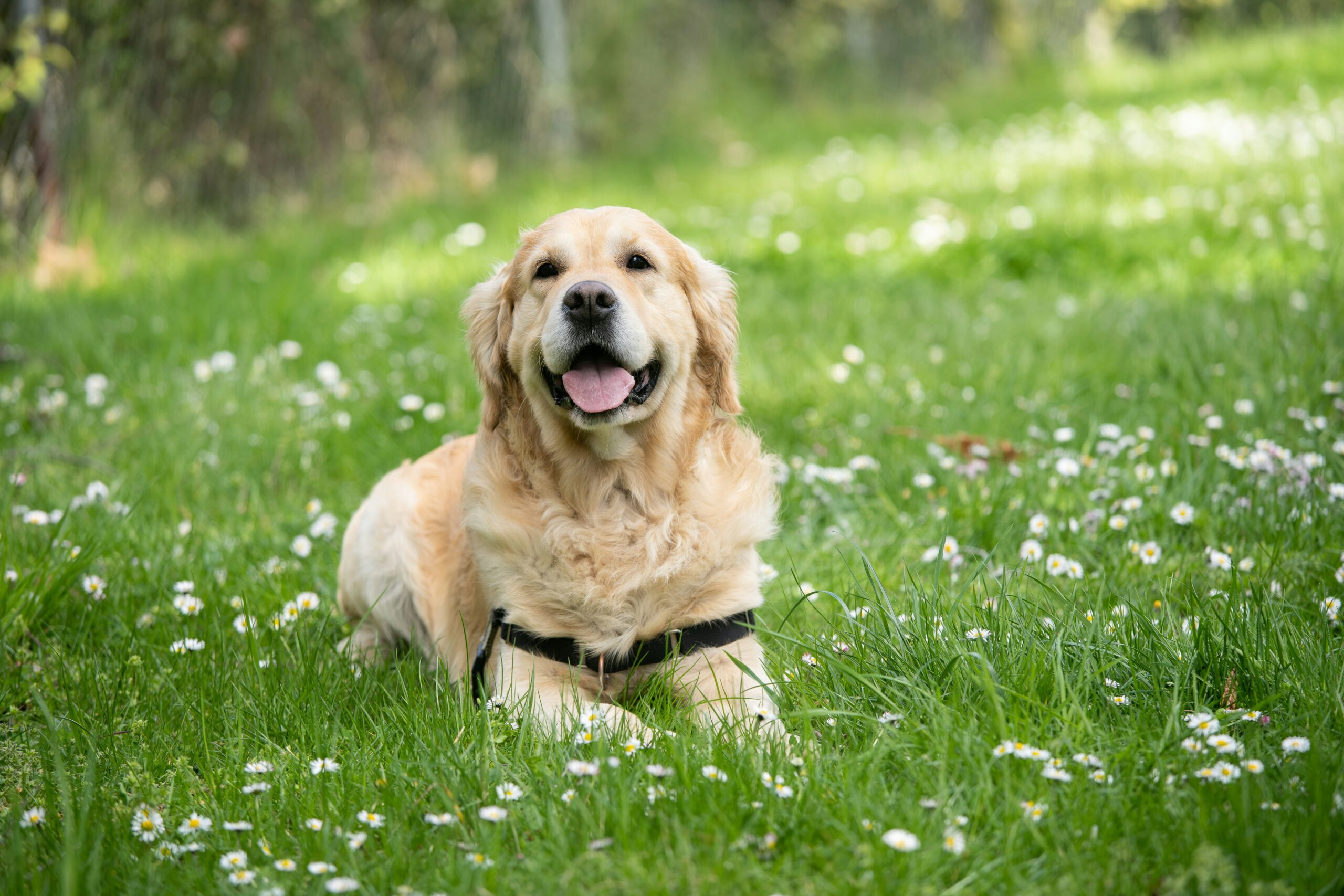
The Labrador Retriever, commonly referred to as the “Lab,” is one of the most popular and beloved dog breeds in the world, particularly in the United States. Their friendly, intelligent, and loyal nature makes Labs a top choice for many families. This article provides an in-depth look at this wonderful breed, covering its history, characteristics, care, and training.
History and Origin
The Labrador Retriever originated on the island of Newfoundland (now part of Canada), not in Labrador as the name might suggest. Originally known as “St. John’s dogs” after the capital of Newfoundland, these dogs were brought to England in the 19th century, where they were further developed and refined into the breed we know today. In England, they were crossbred with other retriever breeds, which helped shape the modern Labrador Retriever.
Physical Characteristics

Labrador Retrievers have a strong, athletic build with well-developed muscles. They come in three primary coat colors: black, yellow, and chocolate. Their coat is dense, short, and water-resistant, which makes them well-suited for various weather conditions, especially water-related activities. Labs have expressive brown or hazel eyes that convey a gentle and intelligent demeanor.
One distinctive feature of the Labrador Retriever is their “otter tail” – a thick, straight tail that helps them swim efficiently. This tail also serves as a barometer of their emotions, wagging enthusiastically when they are happy or excited.
Temperament and Personality
Labrador Retrievers are renowned for their friendly, outgoing, and loyal temperament. They are affectionate and protective of their family and are known to get along well with children and other pets. Labs are rarely aggressive and are often chosen as therapy dogs and guide dogs for the visually impaired due to their gentle nature.
Labs are highly intelligent and easy to train. They have a keen desire to please their owners, making them an ideal choice for various roles, including rescue, search, and service work that require agility and intelligence.
Activity and Exercise Needs

Labrador Retrievers are an energetic breed that requires ample daily exercise. They love running, swimming, and playing fetch. Ensuring that Labs have enough physical activity is crucial not only for their health but also for preventing destructive behavior due to boredom.
Activities such as playing fetch, tug-of-war, and obedience training exercises help keep them physically and mentally stimulated. Participating in agility courses and obedience competitions can also be beneficial for Labs.
Care and Health
Grooming
Although Labrador Retrievers have short coats, they still require regular grooming to maintain their fur’s health and cleanliness. Weekly brushing helps remove loose hair and reduces shedding. Labs should also be bathed periodically, but not too frequently to avoid stripping their skin of natural oils.
Nutrition
Labs have high energy needs and require a balanced diet to maintain their health and vitality. Their food should be rich in protein, healthy fats, and essential nutrients. However, Labs are prone to obesity, so it’s essential to monitor their food intake and ensure they get sufficient exercise.
Health Issues
Like many breeds, Labrador Retrievers can be susceptible to specific health issues, such as hip dysplasia, eye conditions, and obesity. Regular veterinary check-ups and monitoring for any signs of health problems are crucial. Vaccinations and deworming should also be kept up to date.
Training and Socialization
Due to their intelligence and eagerness to please, Labrador Retrievers are relatively easy to train. However, early and consistent training is essential. Basic obedience commands such as sit, stay, and come should be introduced as early as possible.
Socialization is also a vital part of raising a well-rounded Labrador Retriever. Exposing them to various people, animals, and environments helps them develop into friendly and confident dogs.
Conclusion

The Labrador Retriever is not only a beloved and loyal pet but also a fantastic companion for many families. Their intelligence, trainability, and friendly nature make them perfect for various roles, from family pets and working dogs to therapy dogs.
However, raising a healthy and happy Labrador Retriever requires time, love, and patience. Proper care, training, and providing them with ample physical activity will ensure that your Lab thrives and brings joy and companionship to your family for many years. With the right care, a Labrador Retriever will undoubtedly become a cherished member of your family, offering unmatched joy and loyalty.


